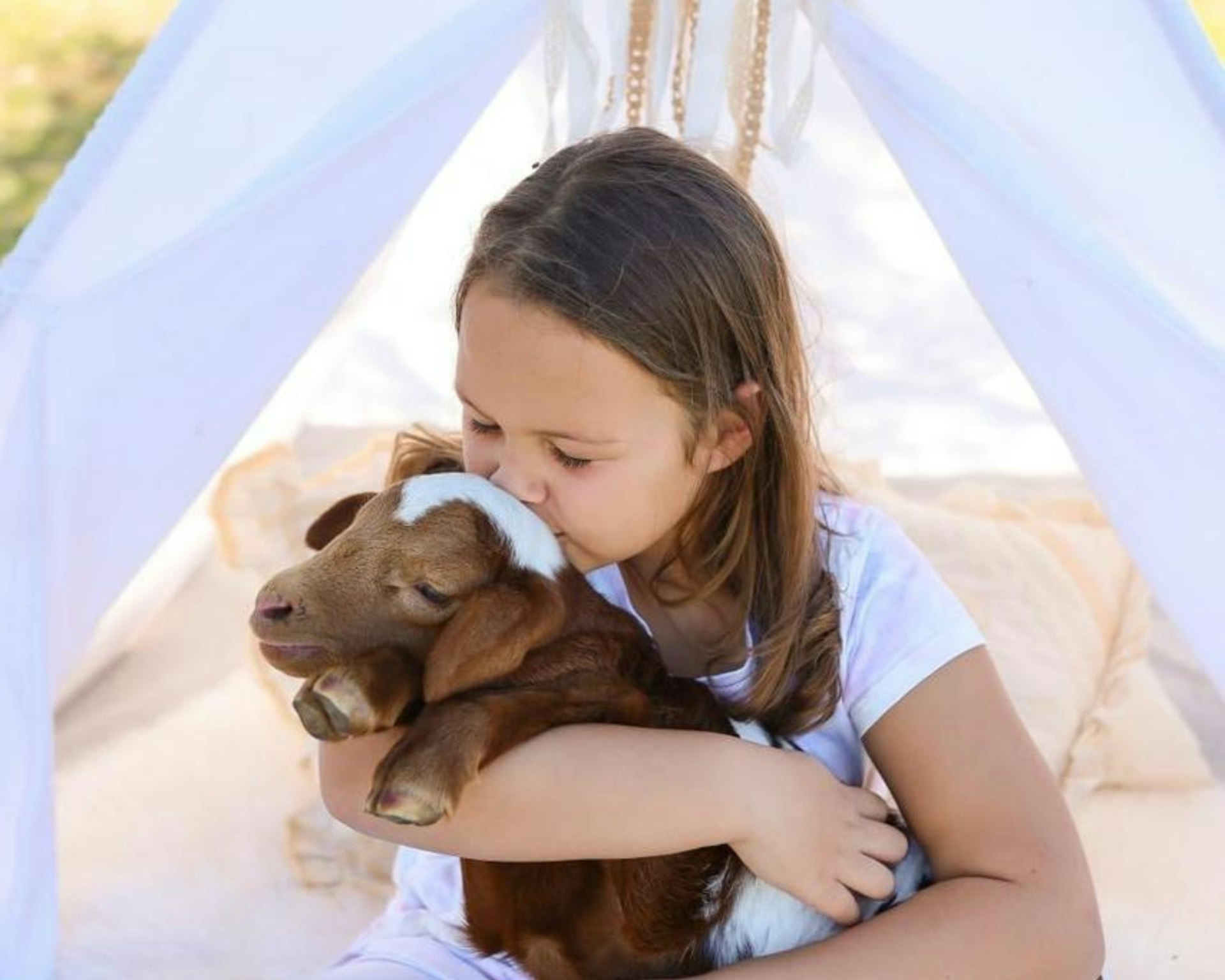Practical Strategies for Managing Intergenerational Differences in Families

Photo by Sebastiano Piazzi on Unsplash
Introduction
Modern families are more interconnected than ever, often consisting of multiple generations living under one roof or maintaining close relationships. While this dynamic offers unique opportunities for support and learning, it also presents challenges. Generational differences in values, communication styles, parenting methods, and life experiences can lead to misunderstandings or conflict. Effectively managing these differences is essential to building a harmonious, resilient family environment. In this article, you’ll find actionable, research-backed strategies for navigating intergenerational gaps and fostering stronger, more empathetic relationships among all family members.
Understanding Generational Differences in Families
Generational differences stem from the distinctive historical, cultural, and technological environments in which people are raised. For example, grandparents may have grown up with different values around authority, discipline, or technology compared to their children and grandchildren. Such differences can lead to misunderstandings or even resentment if not proactively addressed. Recognizing these contrasts is the first step toward managing them effectively. According to the Center for Creative Leadership, understanding generational perspectives is crucial for avoiding stereotypes and building mutual trust [1] .
Open Communication: The Foundation for Bridging Gaps
Effective communication is essential for resolving intergenerational conflicts. Research and therapeutic guidance emphasize the importance of initiating open, honest conversations in a neutral setting. Rather than avoiding sensitive topics, families benefit from directly addressing differences and sharing stories or personal challenges. For example, parents may find it helpful to explain the pressures of modern parenting or work-life balance to grandparents who may not have faced the same challenges. Scheduling regular family meetings where each member can voice their opinions and concerns creates a safe space for dialogue and mutual understanding [2] .
Practical steps for fostering open communication include:
- Setting aside time each week for family check-ins
- Encouraging the use of “I” statements to express feelings without blame
- Inviting older generations to share their parenting experiences and listening actively
- Acknowledging and thanking family members for their contributions
Active listening-where each person feels heard and validated-builds empathy and paves the way for collaborative problem-solving [3] .
Setting Boundaries and Managing Expectations
Setting clear and respectful boundaries is a vital aspect of managing intergenerational differences. Boundaries help define roles and responsibilities, prevent misunderstandings, and allow each person to express their needs. For instance, parents may need to clarify their expectations regarding grandparent involvement in childcare or household routines. At the same time, grandparents can express their own comfort levels or limitations. Establishing household rules, chore schedules, and disciplinary roles ensures everyone knows what to expect and helps prevent tension [3] .
To implement effective boundaries:
- Hold a family meeting to discuss and agree upon household expectations
- Clearly define chores and responsibilities based on each person’s abilities
- Respect each individual’s privacy and personal routines
- Adjust boundaries as circumstances or family needs change
Families may encounter resistance when first establishing boundaries. It’s important to approach these conversations with patience and a willingness to compromise, remembering that flexibility is key as family dynamics evolve.
Building Empathy and Mutual Respect
Empathy is the ability to understand and share the feelings of another person. Building empathy between generations involves more than simply tolerating differences; it requires genuine interest in each other’s experiences and perspectives. Parents, for example, can ask grandparents to share stories about their own childhood or parenting approaches, which can reveal underlying values and motivations. Grandparents, in turn, can seek to understand the unique challenges faced by today’s youth, such as social media pressures or academic competition. This exchange of stories and viewpoints fosters compassion and mutual respect, essential for overcoming generational divides [2] .
Practical ways to nurture empathy include:
- Hosting intergenerational activities, such as cooking or storytelling nights
- Encouraging family members to ask open-ended questions about each other’s lives
- Recognizing and celebrating each generation’s strengths and contributions
When empathy becomes a family value, it transforms conflicts into opportunities for deeper connection.
Mentoring and Knowledge Sharing Across Generations
Intergenerational mentoring is a powerful tool for bridging gaps and building family cohesion. In a family context, this might involve grandparents sharing practical skills, family history, or traditional values with younger members, while youth share new technologies or cultural trends with older relatives. This reciprocal learning fosters appreciation and respect for each generation’s unique strengths [4] .
Mentoring can take many forms, such as:
- Grandparents teaching grandchildren how to cook traditional meals or manage finances
- Younger family members helping elders navigate smartphones or social media
- Organizing family skill-sharing sessions, where each member presents something they know
Reverse mentoring, where younger family members teach older relatives, can be particularly effective for building confidence and mutual appreciation. This approach encourages all generations to contribute and learn, reinforcing the family’s collective resilience.
Resolving Conflicts and Finding Common Ground
Disagreements are inevitable in any family, especially when generational perspectives clash. The key is to approach conflicts constructively, with a focus on finding common ground and mutual goals. For instance, while parenting styles may differ, both parents and grandparents typically want what’s best for the children. Emphasizing shared values-such as love, safety, and respect-can help reframe arguments and foster cooperation [5] .

Photo by Daria Trofimova on Unsplash
Steps for effective conflict resolution include:
- Remaining calm and respectful during disagreements
- Identifying the root cause of the conflict
- Brainstorming solutions together, considering each perspective
- Agreeing on a plan of action and following up to ensure it works
Sometimes, families may benefit from seeking external support, such as family counseling or mediation. If you believe your family could benefit from professional guidance, you can search for licensed family therapists through reputable directories, such as the American Association for Marriage and Family Therapy (AAMFT) or by asking your healthcare provider for recommendations.
Adapting to Change and Embracing Flexibility
Family dynamics and generational differences are not static; they evolve as circumstances change. For example, a family may need to renegotiate roles when a new child is born, an elder requires care, or economic circumstances shift. Embracing flexibility allows families to adjust boundaries, expectations, and routines as needed while maintaining a sense of unity. Regular check-ins and an openness to change are vital for sustaining harmony over time [3] .
Families may also consider creating a written family agreement or handbook outlining shared values, routines, and conflict-resolution strategies. This living document can be revisited and revised as needed, ensuring everyone remains on the same page.
Accessing Resources and Support
Many families may benefit from additional resources when navigating intergenerational differences. While there are no government programs specifically dedicated to this topic, the following avenues can help:
- Contact your local community center or family services office for workshops on communication and conflict resolution
- Seek out support groups or counseling services specializing in multigenerational family dynamics
- Use reputable online resources, such as the American Association for Marriage and Family Therapy (AAMFT), to find licensed professionals
- Consider educational materials or books on family systems and generational relationships, available at most public libraries
When searching for a therapist or support service, use keywords like “family counseling,” “multigenerational therapy,” or “intergenerational communication.” Always verify credentials and seek recommendations from trusted sources.
Key Takeaways and Next Steps
Managing intergenerational differences in families is an ongoing process that requires patience, empathy, and a commitment to open communication. By fostering understanding, setting clear boundaries, embracing mentoring, and resolving conflicts constructively, families can transform generational gaps into opportunities for growth and connection. If your family faces persistent challenges, consider reaching out to a qualified family therapist or mediator for tailored guidance. Remember, every family is unique, and what works best will depend on your specific circumstances, values, and goals.
References
- [1] Center for Creative Leadership (2022). The Secret to Leading Across Generations.
- [2] The Therapy Group of DC (2023). Bridging the Gap: Navigating Gramnesia and Generational Family Dynamics.
- [3] Lindsay Walden (2023). How to Make a Modern Multigenerational Household Work.
- [4] Technologia (2022). 5 Tips for Managing Different Generations.
- [5] Numly (2023). Bridging the Gap: Effective Strategies for Managing Generational Diversity.
MORE FROM eboxgo.com













